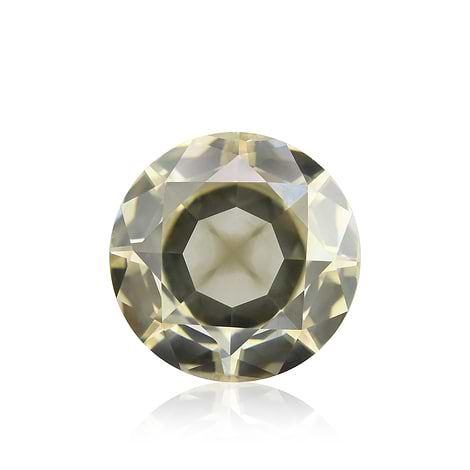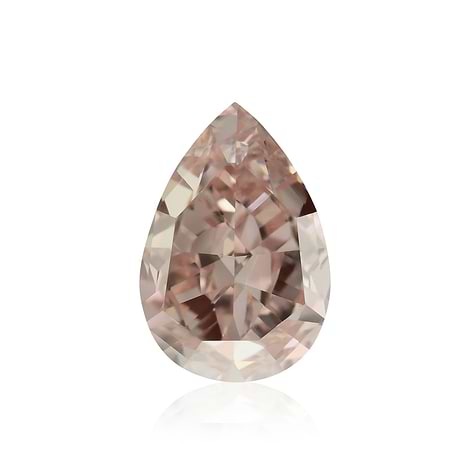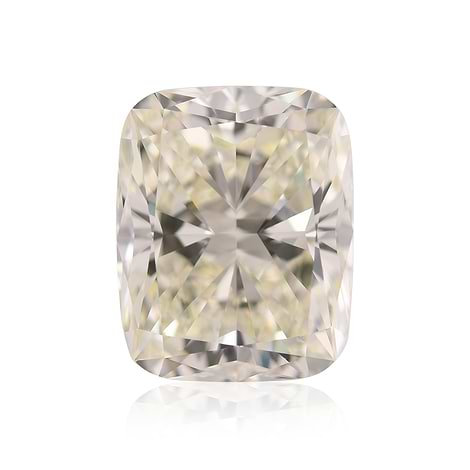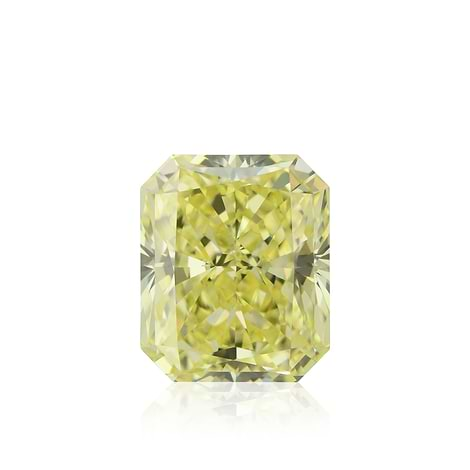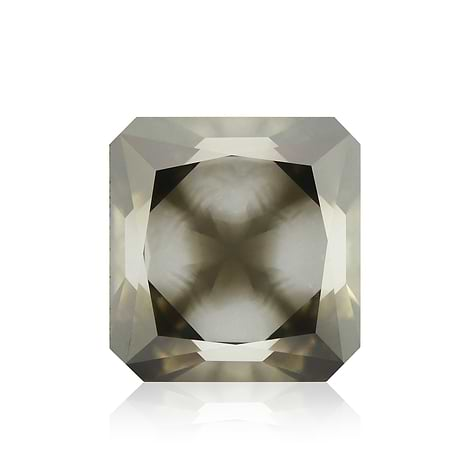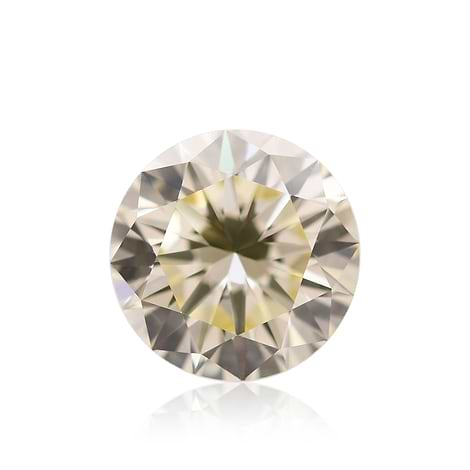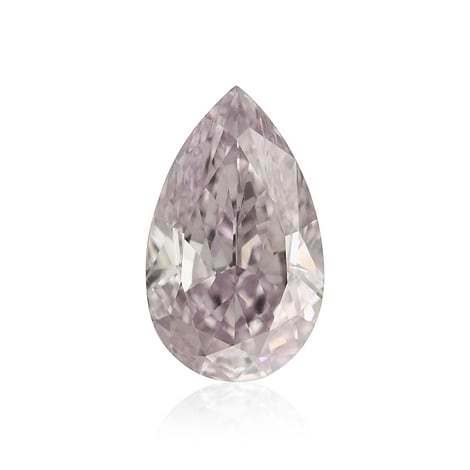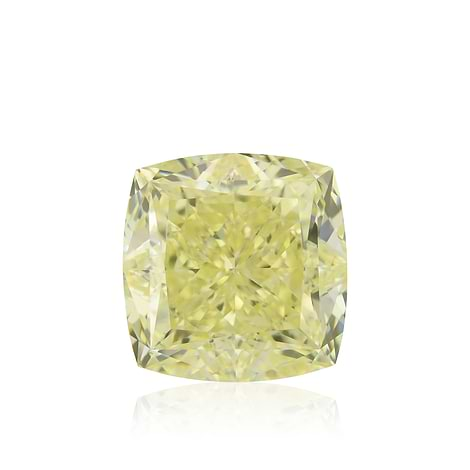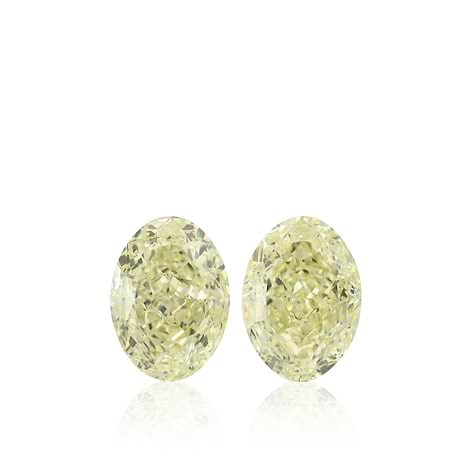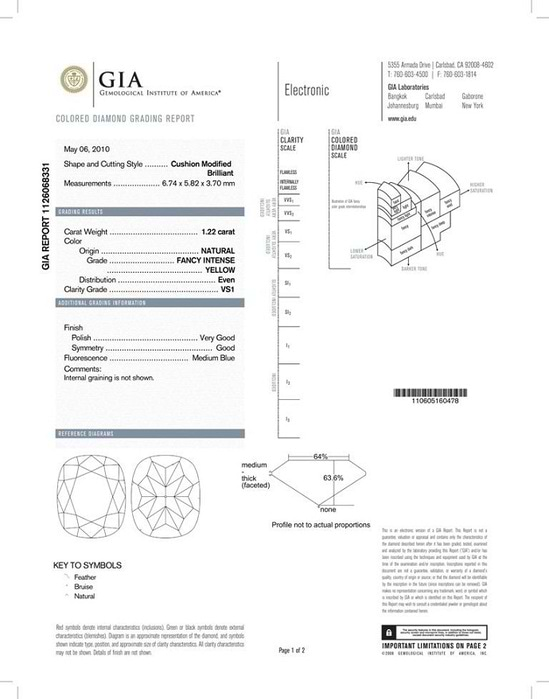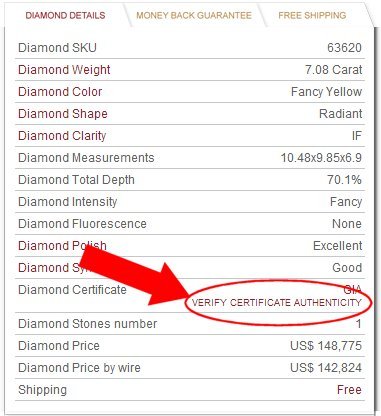Today, a properly prepared laboratory report is essential for gemstones of value, but this wasn’t always the case. The Gemological Institute of America (GIA) was founded in 1931 to provide a uniform method of communicating diamond and gemstone quality. Vendors and consumers needed assurance about what they were selling or buying.
Documentation is crucial for verifying the quality of gemstones and diamonds. As testing methods have become more sophisticated, lab reports provide additional data vital to determining a stone’s value. Various documents serve different functions, and many reputable labs around the world fulfill these needs. The main purpose of these labs is to identify the material and report on the stone’s quality characteristics.
Types of Documentation and Their Functions
-
Lab Report (Certificate)
A lab report identifies the gemstone and attributes quality components and its origins based on testing. It serves as the foundation for an appraisal, which assigns a monetary value to the item.
-
Appraisal Report
An appraisal includes the stone’s carat weight, color, clarity, and cut, along with other identifying characteristics, and assigns an estimated monetary value.
-
Pink Diamond Certificates
This unique certificate is specific to pink diamonds from Australia’s Argyle mine, adding another layer of value and authenticity to these rare stones.
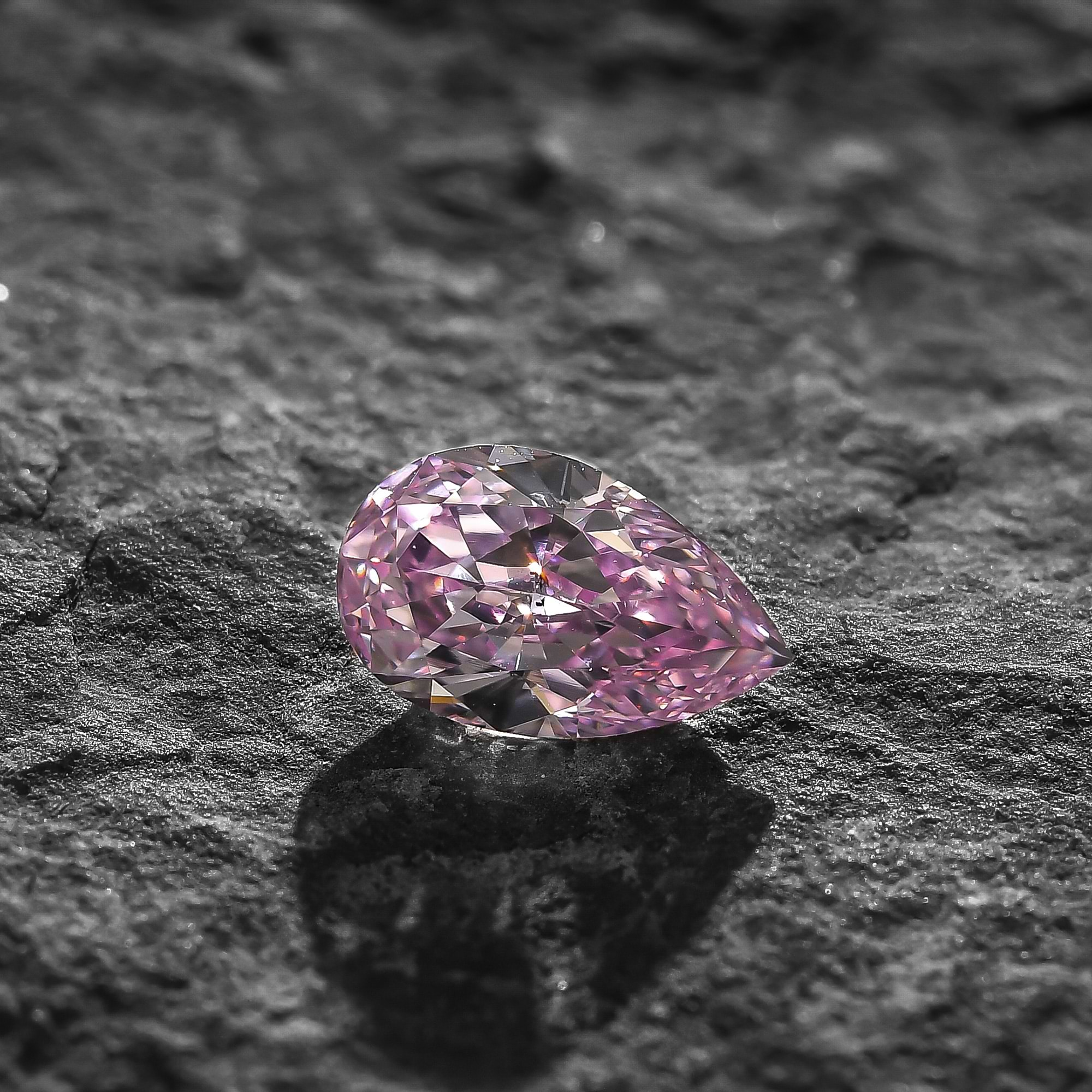
LEIBISH 0.75 carat, Fancy Intense Purple Pink Diamond, 6PP, Pear Shape, SI2 Clarity, GIA & ARGYLE
Functions of Gemstone Documentation
-
Authentication
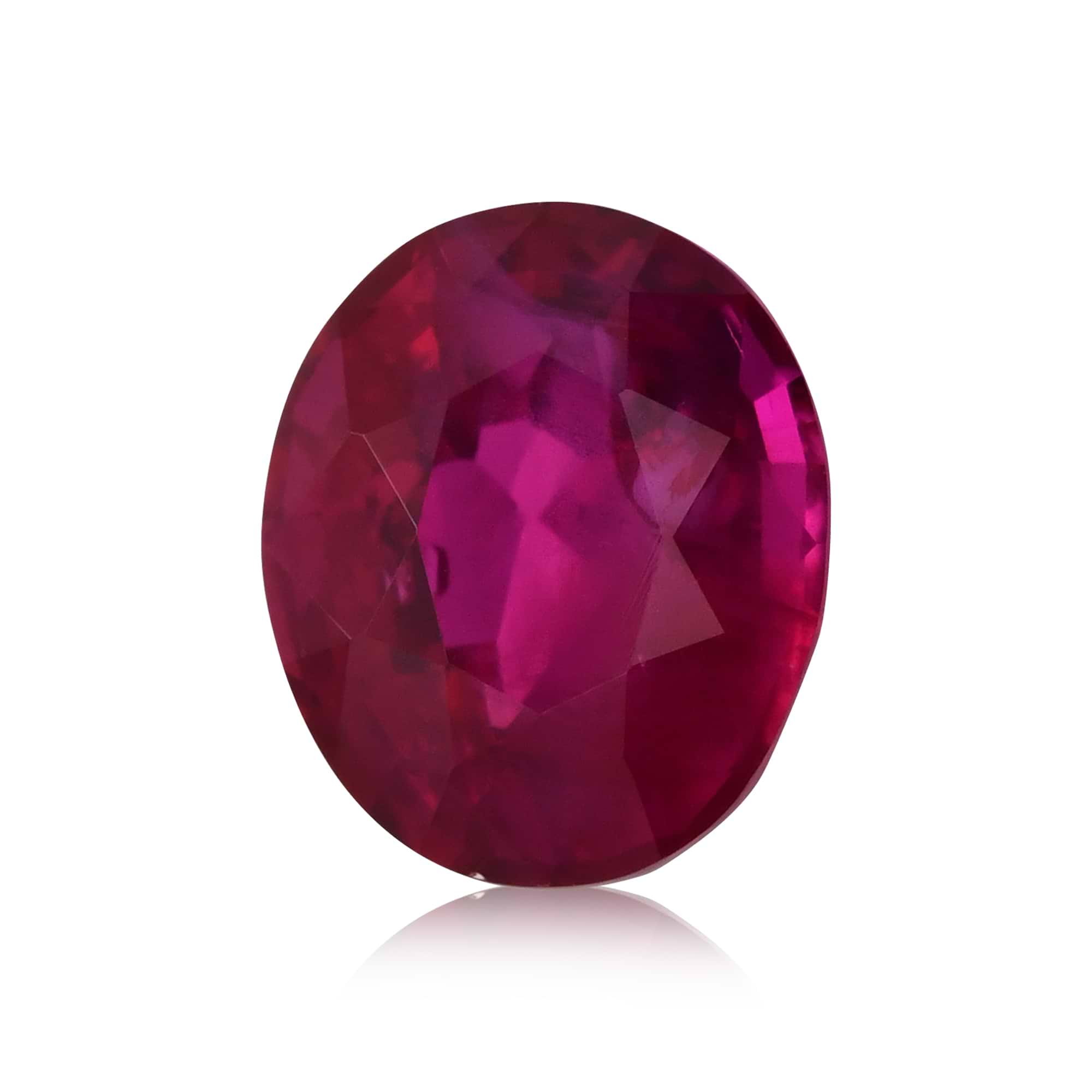
-
Valuation
Gemstone documentation referred to as an Appraisal Report (or certificate) includes the stone’s Carat weight, Color, Clarity and Cut, along with other identifying characteristics, and then assigns an appraised (or estimated) monetary value.
-
Provenance
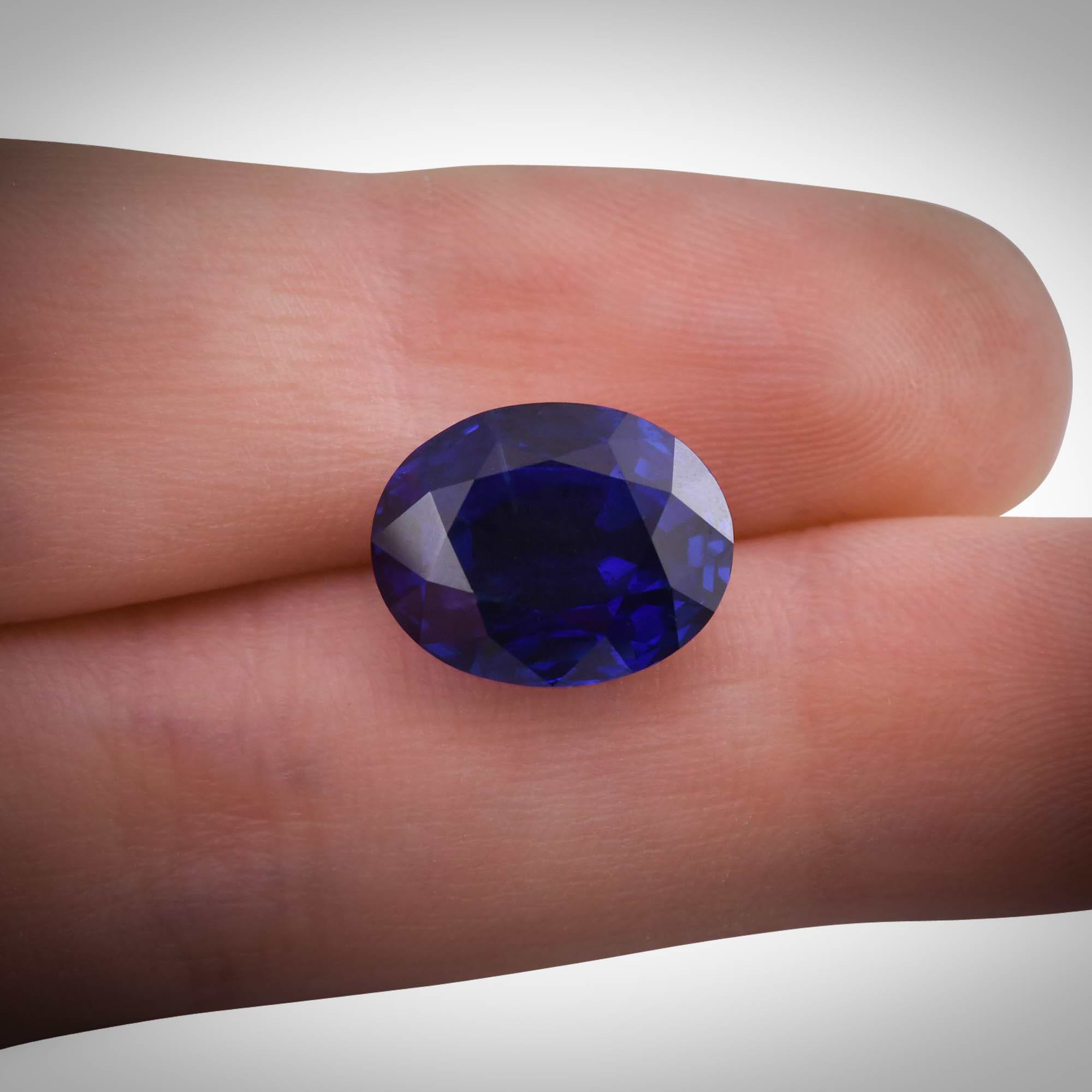
-
Legal Compliance
These addendums to reports are most often attached to high-value gemstones or to those where export-import rules are strict. In such cases, documentation is required to comply with regulations or restrictions from the country of origin or the country of importation. The reasons may include conflict or sanctions between the two countries involved.
-
Insurance
Proper documentation verifies that the stone is worth its declared value when adding the item to an insurance policy. It also provides a detailed record of the exact stone(s) including all its attributes for insurance replacement purposes.
Insurance underwriters require precisely documented records of an item to accurately establish the insurance premium. In the event of loss, theft, or damage to the gemstone, the correct replacement value will be awarded to the insured party.

LEIBISH No Oil Zambian Emerald and Fancy Intense Yellow Diamond Extraordinary Ring (9.82Ct TW)
Fancy Color Diamonds
For fancy color diamonds, a GIA lab certificate is essential, as it contains crucial information about the stone. The certificate’s determination of natural color and description is a key value marker.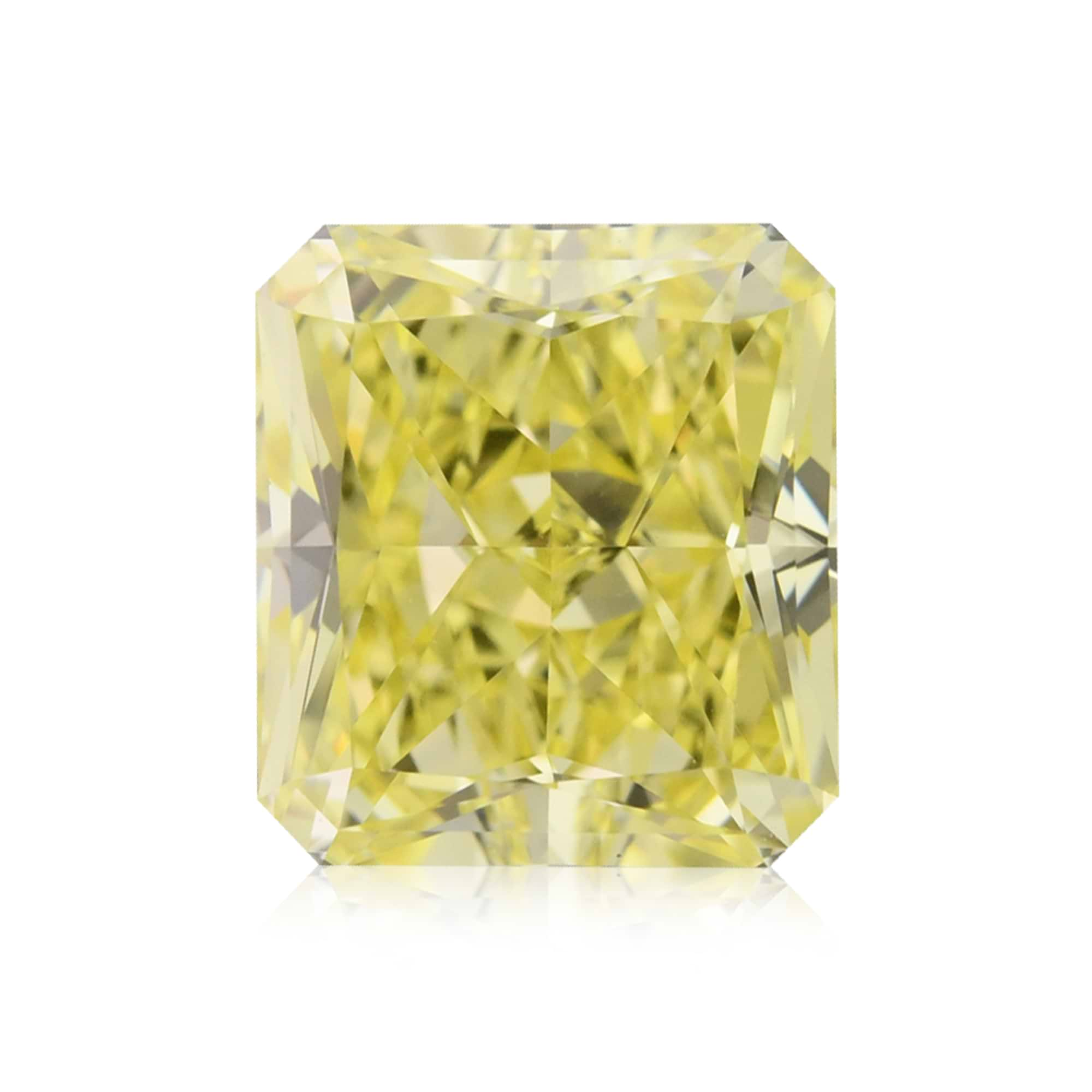
Argyle Pink Diamonds: A Special Case
Argyle Pink Diamonds are in a category of their own due to their rarity and beauty. Now that the Argyle mine is permanently closed, they have become even more highly collectible. Proper documentation is critical to establish their origin and value. Authentic Argyle Pink Diamonds™ must have an original Argyle Pink Diamond certificate accompanied by a unique laser inscription. If the diamond is an Argyle Tender stone, it must also come with a Tender Box and Tender book.
Valuable Paperwork
A great gemstone must have excellent documentation, akin to a Swiss passport. Whether it’s a lab report for identification, an appraisal estimating its value, or an Argyle Pink Diamond certificate, these documents verify the worth and quality of the stone. They enhance its value and present a world-class jewel to the world.

